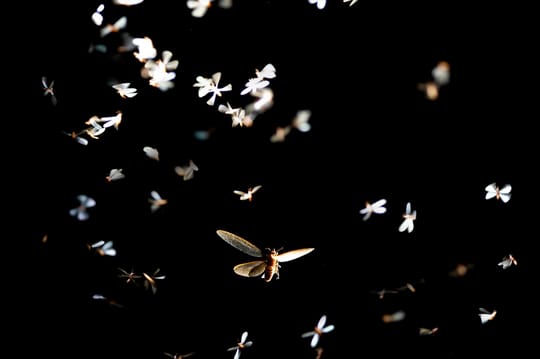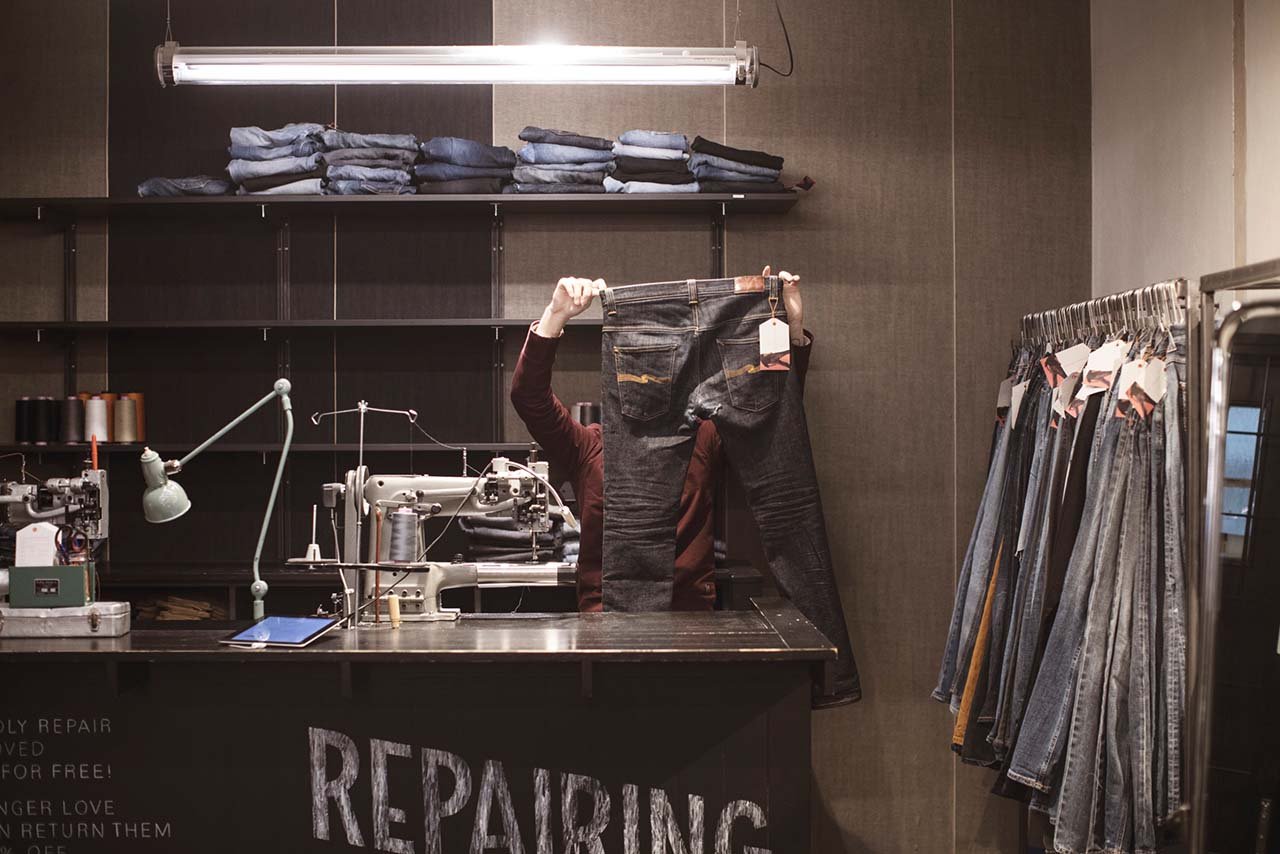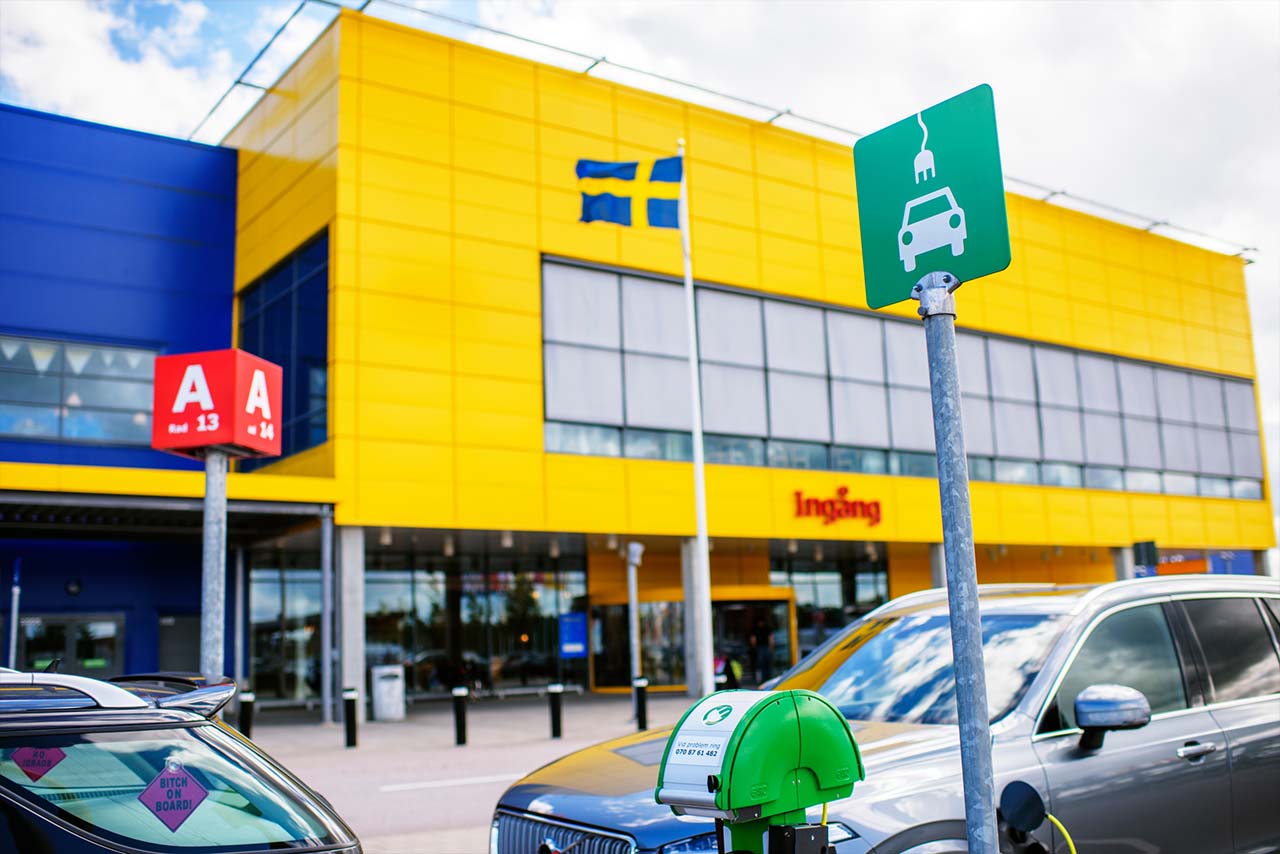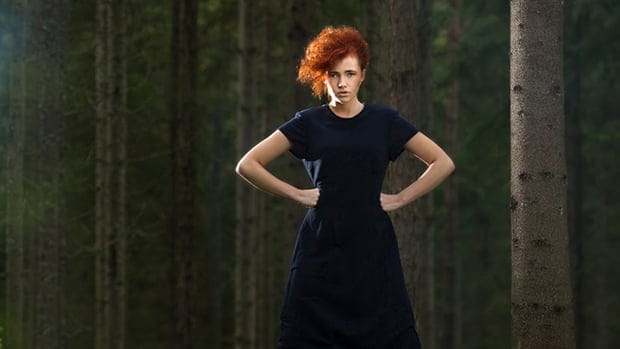
Recover better - UN-iting businesses for a better world
In a time of global disruption, ambitious climate action is as urgent as ever. The United Nations has therefore worked continuously to unite business efforts with governmental initiatives, for the past 20 years. But in order to meet the 17 UN Climate Goals, and reach the 1,5˚C by 2030, we need to Recover Better.
UN GLOBAL COMPACT
Taking action on climate change represents one of this century’s most defining topic. To recognize the transition to a zero-carbon economy is the only way to secure a sustainable future for all. Launched in 2000, by former UN Secretary-General Kofi Annan, the UN Global Compact was initiated to bring business and the United Nations together. When businesses unite, they are a powerful force for good by upholding universal principles in the areas of human rights, labour and the environment.
Although important progress has been made, the actions do not currently match the ambition and pace necessary to achieve the 17 Sustainable Development Goals by 2030. The Sustainable Development Goals Report 2020 shows that humanity is on an unsustainable path, with climate change occurring much faster than anticipated, accelerating ocean acidification, 1 million plant and animal species at risk of extinction, deepening inequality and persistent poverty, and unsustainable consumption and production patterns.
All stakeholders must unite to transform this collective aspiration into reality. The aim with the UN Global Compact is to uniting business for a better world. From that goal the initiative “Recover better” was born.
RECOVER BETTER
When celebrating the 20th anniversary of the UN Global Compact, an event themed “Recover Better, Recover Stronger, Recover Together” was arranged. It was a platform where leaders from business, civil society, Governments and the UN were challenged to reflect on the importance of collaboration and public-private partnerships. The goal was to increase their ambition to achieve the sustainable development goals.
The Recover Better statement was signed in June 2020 by approximately 150 different companies, including well-known brands as the H&M Group, Husqvarna Group, Inter IKEA Group and INDITEX, to just name a few. The core of the agreement is divided in three areas:
- DEMONSTRATE THAT THE BEST DECISIONS AND ACTIONS ARE GROUNDED IN SCIENCE.
By implementing ambitious science-based targets, we aim to set the world on a 1.5°C trajectory leading to healthier and safer people, and a healthier and safer planet. - INVEST IN RECOVERY AND RESILIENCE FOR A SYSTEMIC SOCIO-ECONOMIC TRANSFORMATION.
By divesting from fossil fuels and innovating in low-carbon, resilient solutions, we are prioritizing green jobs and sustainable growth, protecting nature and people, and delivering on the 2030 Agenda and the Paris Agreement. - WORK WITH GOVERNMENTS AND SCALE UP THE MOVEMENT.
By advocating for enabling policies aligned with a 1.5°C trajectory and zero carbon economy, we look to policymakers to give businesses the confidence and clarity they need to take ambitious climate action.
HOW CAN THE LIGHTING INDUSTRY PARTICIPATE?
It is very visible in the Overshoot day-graphic, that us humans has for a long period of time consumed over our assets. And to be able to meet the needs of a growing population, we need to household with our resources more efficiently. This is a challenge for all industries and organisations, not only producing companies.
- Changing the current state for the climate, is not an individual task, says Niclas Thulin, Environmental Coordinator at Fagerhults Belysning. It is a joint effort, that we must do together. Set in the context of Covid -19, the reality has showed more than ever before how connected we humans are, and how our actions echoes worldwide. We are working very actively at Fagerhult to reduce our carbon footprint and are constantly seeking to develop our effort and our ways of working – to contribute to a more sustainable future.
Thulin continues:
- We have done lifecycle assessments on some of our luminaires, where we have analysed the environmental impact during our products lifetime. We have found that the biggest environmental impact occurs from when the luminaires are in use. This is why the choice of energy – renewable sources, coal or nuclear – makes a great difference in the carbon footprint. Another important issue which will affect the carbon footprint is the energy consumption during usage. It can be decreased very effectively with smart controls, such as sensors in our solutions. Together, these are both simple options, but also possibilities of making conscious choices which can contribute to decrease climate impact significantly.
TEKST MARIA VÅRENIUS
FOTO TINA STAFRÉN, ANNA SIGGE
Relaterte nyheter
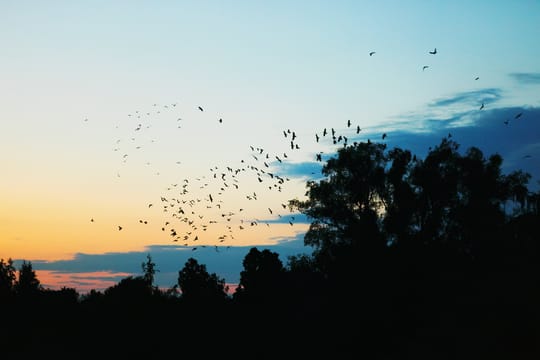
Studier viser vei – hvordan blir dyr og mennesker påvirket av lysforurensning?
Det er en kompleks øvelse å måle hvilken effekt lys har på mennesker og dyr. For å kunne velge riktig belysning i fremtiden trengs det mer kunnskap, og beslutningstakerne trenger standarder å forholde seg til. Forskningsinstituttet RISE arbeider med å utarbeide målemetoder for å karakterisere de opplyste omgivelsene og på den måten danne grunnlag for fremtidige standarder. Dette inkluderer også å vurdere aksept av nye belysningsløsninger som er utviklet med håp om å redusere den økologiske påvirkningen. Mennesker og dyr påvirkes av lysforurensning, men det er ikke enkelt å vite hva som er riktig lys for hvert sted, eller hvilket lys mennesker og dyr trives best i. Det trengs mer kunnskap, slik at det blir enklere å ta velbegrunnede beslutninger i fremtiden. Maria Nilsson Tengelin er fysiker og forsker innen fotometri og radiometri ved RISE – Research Institutes of Sweden. Hun jobber blant annet med målinger av lys samt lysrelaterte forskningsprosjekter som danner grunnlaget for standarder og retningslinjer for utendørsbelysning. – Med mer kunnskap kan man ta mer gjennomtenkte beslutninger. Det finnes ingen løsninger som passer for alle situasjoner, men basert på forutsetningene som gjelder, kan man finne veien videre, sier Maria Nilsson Tengelin. Maria Nilsson Tengelin, fysiker og forsker ved RISE Grundige studier I prosjektet «Energieffektiv utomhusbelysning med minskade ljusföroreningar» arbeidet Maria Nilsson Tengelin sammen med Annika Jägerbrand fra høyskolen i Gävle og Alp Durmus fra Penn State University i USA. I prosjektet ble det bygd et testområde på en gang- og sykkelsti i et naturområde i utkanten av Borås i Sør-Sverige. I én uke ble de eksisterende lampene slukket, og det ble satt opp midlertidige stolper med armaturer fra Fagerhult. Armaturene hadde forskjellige korrelerte fargetemperaturer – nøytral hvit (3000 K), varmhvit (2200 K) og oransje (1800 K). Hver armatur hadde to forskjellige typer optikk – én som ga bred spredning av lys, samt én skjermet som ga mer lys på veien og nesten ikke lys i det hele tatt på sidene. Det gjorde det mulig å undersøke forskjellige fargetemperaturer og smal og bred spredning av lyset i forskjellige kombinasjoner. Installasjonen ble evaluert ved hjelp av tradisjonelle bakkebaserte lysmålinger samt med en nyutviklet metode der det brukes en drone for å måle hvordan lyset spres opp mot himmelen og lenger ut i omgivelsene. I undersøkelsen gikk 56 personer langs veien, og deretter fylte de ut en spørreundersøkelse om hvordan de opplevde lysmiljøet for de forskjellige belysningsinnstillingene. Bildet er fra Simrishamn, hvor Fagerhults utebelysning lyser opp byen. – Deltakerne fikk blant annet fortelle hvilken belysning de foretrakk, og om de var klare til å gjøre egne ofre hvis det er bra for miljøet. Målet med prosjektet var å finne ut hvordan man kan måle mengden lysforurensning på en pålitelig måte, og hvordan vi kan redusere de negative konsekvensene av utendørsbelysning, samtidig som lysmiljøet er godt nok for mennesker, sier Maria Nilsson Tengelin. Et stort flertall av deltakerne foretrakk det hvite lyset (2200 K og 3000 K), og en svært liten andel foretrakk det oransje lyset. På spørsmål om de kunne akseptere annen belysning på grunn av miljø eller energi, økte andelen som kunne tenke seg oransje belysning. – Eksperimentet i felt viste at 1800 K gir dårligere synlighet og opplevelse av trygghet og sikkerhet. Kvinner følte generelt at miljøet var mindre trygt. Men aksepten for oransje lys øker med bevisstheten om at man tar større hensyn til økologisk påvirkning. Quote Block - Maria En ny målemetodikk Neste samarbeidsprosjekt handler om å videreutvikle metodikken for målingene. Målet er å utvikle en ny metode for å vurdere og måle strølys i urbane, verneverdige miljøer og vassdrag. – Vi ser på hvilke punkter, med hvilke parametre og hvor mange målinger man må gjennomføre for at man skal kunne vurdere lysets miljøpåvirkning på en nøyaktig og pålitelig måte. Prosjektet handler også om å definere hva som skal inkluderes i en standard. I dag måles lyset med fokus på hvor godt det oppfyller funksjonen sin for mennesker – på veien og hvordan det reflekteres i ansiktet til møtende mennesker – og for at det ikke skal være blendende eller forstyrrende for mennesker i omgivelsene. Men strølys måles ikke i de geometrier og nivåer som kan være av betydning for dyr og planter. Grunnlaget for dagens standarder er basert på grenseverdiene for menneskers opplevelse, men de nye grenseverdiene må knyttes opp mot dyr og natur. – Det finnes mange som har veldig gode ambisjoner, men vi har fortsatt ikke tilstrekkelig grunnlag til å kunne fortelle hvordan de bør måle – ikke engang til å kunne si hva de bør forholde seg til. Det gjennomføres mange økologiske studier hvert år, men de er ofte ikke utformet på en slik måte at resultatene kan brukes til å planlegge belysningen. Med nye retningslinjer og en gjennomarbeidet standard får vi bedre forutsetninger, slik at vi forhåpentligvis kan utgjøre en stor forskjell, sier Maria Nilsson Tengelin. Dette er del to av tre i artikkelserien vår om Bioinclusive Lighting. Neste gang møter vi Henrik Sandqvist, som er produktsjef for utendørsbelysning hos Fagerhult. Han forteller hvordan vi tilpasser belysningsløsningene våre for å dekke behovene til både mennesker og dyr. Du finner forrige artikkel her. Annika Jägerbrand (Høyskolen i Gävle), Maria Nilsson Tengelin (RISE) and Henrik Sandqvist (Fagerhult).